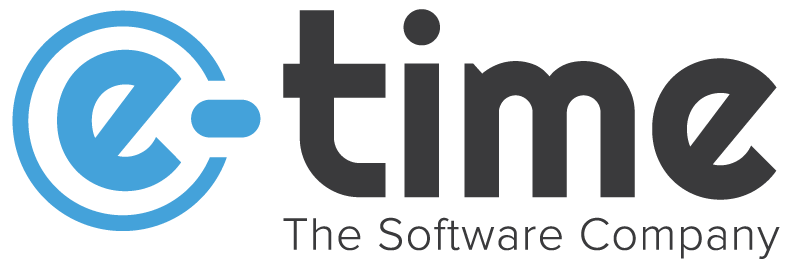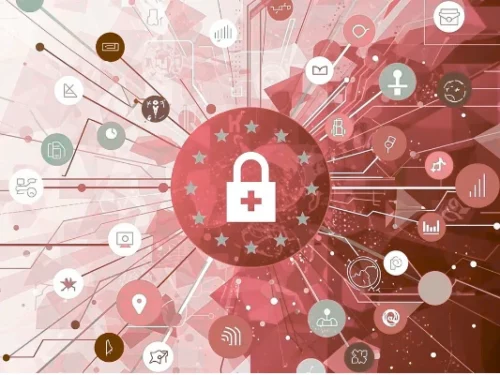E-time | the software company
ITSM – IT Service Management
ITSM is the acronym for IT Service Management, the discipline that concerns the management of Information Technology (IT) systems and describes the strategic approach with which the IT infrastructure should be built to make it functional to business objectives and oriented to customer satisfaction. An orientation therefore focused on the quality and efficiency of the service. The benefits that derive from ITSM, therefore, do not concern only the technological component (IT area) but involve the entire business:
- ROI improvement
- Process control and performance measurement
- Rapid identification of “bottlenecks” and criticalities
- increased efficiency and cost reduction
- improvement of the service offered
The main question that arises when talking about ITSM concerns the choice of framework to be used. The choice depends on a number of variables, such as the complexity of operations and the size of the IT department.
IN SUMMARY
Frameworks
The objective of an ITSM framework is to ensure the coordination of processes, people and technologies, to guarantee the achievement of business objectives. Below we summarize the most common frameworks.
ITIL (Information Technology Infrastructure Library)
is the most widely used framework in ITSM and process management, now in its third version. We are talking about ITIL® V3. ITIL® and is an Axelos registered trademark whose purpose is to provide guidelines and best practices to channel IT with business needs, such as:
- improving the quality of IT services delivered
- Reducing the fixed costs of service delivery
The philosophy that guides ITIL® starts from the assumption that ITSM is composed of a series of integrated and interrelated processes (“process driven” approach) and consists of 5 parts, or rather books:
1. Service Strategy
what are our stakeholders looking for? What is the current state of the IT system within the organization? Are current implementations sufficient to efficiently achieve business objectives, or do we need to intervene?
2. Service Design
What kind of organization are we talking about? How should the IT structure be designed to limit risk?
3. Service Transition
How should the transition process between the current and the new service be structured?
4. Service Operation
What are the operational steps to be followed? Are there adequate resources and structure to deal with the transition to the new system?
5. Continual Service Improvement
Once the new system has been implemented, the watchword is continuous improvement! We are talking about the Deming Cycle (PDCA Cycle).
The ITSM software that we propose is also based on this framework and, in addition, ITIL® V3 is prepared to implement the principles of the ISO/IEC 20000 standard and provides a guide for companies that intend to obtain certification.
COBIT (Control Objectives for Information and related Technology)
COBIT is an infrastructure for the development, implementation and monitoring of IT systems, which was created with the aim of assisting companies in achieving their IT Governance and management objectives. It is a framework created by the IT Governance Institute and the Information Systems Audit and Control Association (ISACA).
Starting from the assumption of the central role of ICT in the process of value creation involving all operational and functional areas within the organization with particular attention to the interests of internal and external stakeholders.
COBIT, now in its fifth version (COBIT 5) is based on the balance between efforts to achieve the objectives, optimization of risk levels and use of resources and is aimed and addressed to all organizations regardless of size and industry.
COBIT 5 is based on five principles:
1. Meet stakeholder needs
The purpose for which an organization operates is the creation of value for its stakeholders. To achieve this goal, however, requires process mapping and the formalization of specific practices.
2. Consider the organization as a whole
COBIT 5 not only focuses on IT in the narrow sense, but also takes into account all the various aspects of governance and management related to the organization as a whole. This includes people and assets.
3. Apply an integrated infrastructure
COBIT is aligned with several relevant high-level standards and infrastructures, so it can be useful as an “umbrella” infrastructure for IT governance and management.
4. Take a comprehensive approach
COBIT 5 defines a set of enablers to support the implementation of a comprehensive IT governance and management system.
The COBIT 5 infrastructure describes seven categories of enablers: principles, policies and structures, processes, organizational structures, culture, ethics and behavior, information, services, infrastructure and applications, and people, skills and competencies.
5. Separate Governance from Management
The two disciplines, although closely related, cover different activities and purposes that require different organizational structures.
The two disciplines, while closely related, are about different activities and purposes that require different organizational structures.
In some ways, COBIT and ITIL can be considered two complementary frameworks, as the former is based on the mapping of IT service management processes, while the latter dictates best practices regarding tools and procedures to achieve the objectives set by COBIT.
For further information on this framework, please visit the ISACA website, where you can download the guide in PDF format.
Microsoft Operations Framework (MOF)
Comprised of a series of documents containing best practices and principles that serve as guidelines for IT professionals. Just like the ITIL framework, MOF proposes guidelines for the entire lifecycle of an IT service from conception and development to decommissioning. To simplify further, we could say that MOF is the implementation of ITIL best practices in Microsoft environments.
The ISO/IEC 20000 Standard for the ITIL framework
ISO/IEC 20000 is the first IT Service Management standard that is officially recognized and can be certified. It is structured for the ITIL framework but is also compatible with the Microsoft Operations Framework (MOF) and consists of several parts:
ISO/IEC 20000-1:2011 (Part 1)
defines the requirements for a service management system:
- General requirements of a service management system
- Planning the introduction or modification of new services
- Service delivery process
- Relationship processes
- Resolution processes
- Control processes
ISO/IEC 20000-2:2012 (Part 2)
Provides guidelines for the application of a service management system, including best practices for service management processes.
ISO/IEC TR 20000-3 (Part 3)
Provides guidance on achieving the objectives and successful implementation of Part 1.







